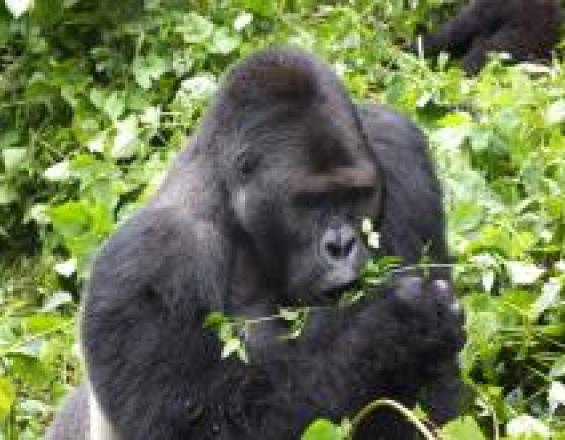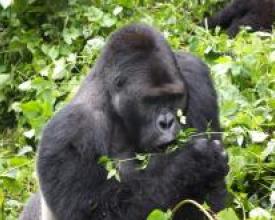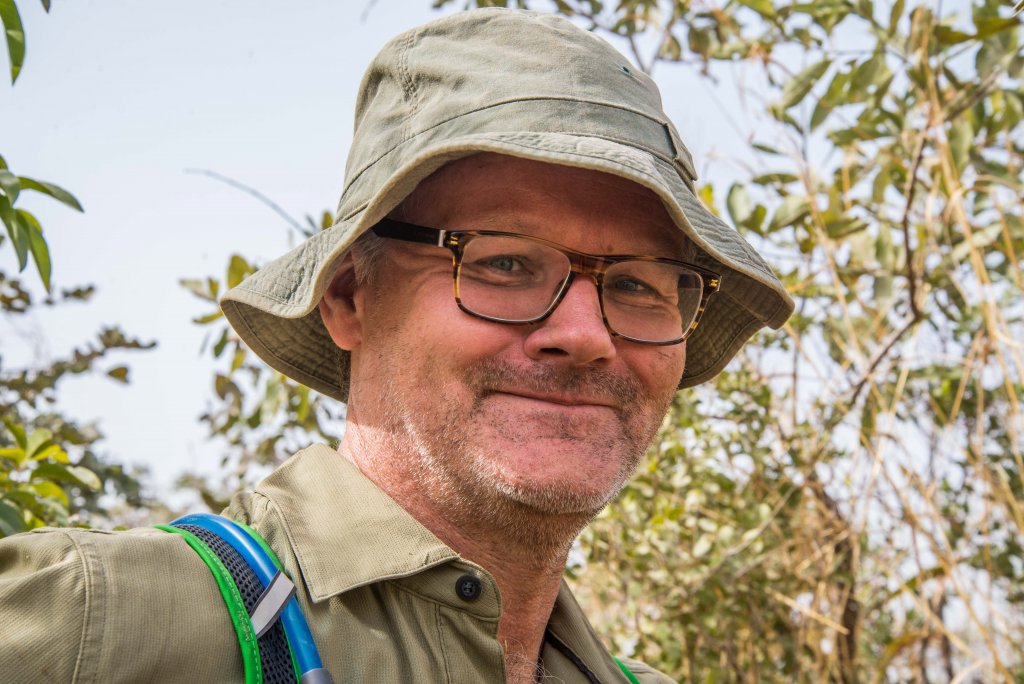
Conflict resolution strategy for Kahuzi-Biega National Park

Eastern DR Congo is one of the most difficult areas on the planet, with over 20 years of civil unrest, displacement,... WCS, GRASP and IISD developed a Conflict Sensitive Conservation methodology with national park managers. It focuses on analysis of key themes of conflict, analysis of their causes and effects, identification and mapping of stakeholders and how they affect/are affected by conflicts, and development of conflict resolution strategy.
Context
Challenges addressed
Location
Process
Summary of the process
Building Blocks
Community Conservation Committees
Enabling factors
Lesson learned
Resources
Conflict Sensitive Conservation methodology
Enabling factors
Lesson learned
Resources
Micro-credit scheme
Enabling factors
Lesson learned
Monitoring natural restoration of forests
Enabling factors
Lesson learned
Impacts
Through the process (conflict analysis, stakeholders analysis, mapping of conflict and interventions), activities implemented to empower local committees and the provision of economic incentives through a micro-credit scheme. Throughout the process by working with the established community Conservation Committee (CCC) we have been able to re-establish dialogue within the community and rebuild trust between the Park and the CCC. Apart from these social results, more than 180 poachers (bamboo cutters, charcoal makers and farmers) abandoned their activities and the part of the park where they have been for some time. In order to respond to subsistence needs, the financial and agricultural seed capital was awarded to community members (204 households). As conservation output, illegal activities decreased significantly. A recovered area in the Nindja corridor was monitored for natural forest restoration by a joint scientific team.

